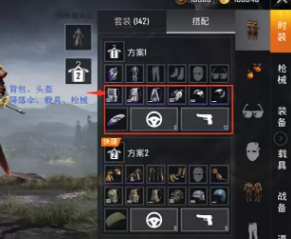government digital currencies Featured snippets
Drawing lessons from Europe, America, Japan and South Korea: Controlling the class size of primary and secondary schools and universities to 15 students to improve the quality of teaching and training.Drawing lessons from Europe, America, Japan and South Korea: Controlling the class size of primary and secondary schools and universities to 15 students to improve the quality of teaching and training.In terms of educational concept, teachers also need to adapt to this change from large class teaching to small class teaching. Teacher training is particularly important. Schools can organize teachers to participate in training courses in small class teaching and learn the methods and skills of small class teaching, such as how to carry out personalized teaching and how to organize efficient group activities, so as to improve teachers' teaching ability to adapt to the new teaching mode.
This class size is also convenient to carry out inquiry learning. Every student has more opportunities to participate in discussions and experiments, and it is no longer a few students who dominate classroom interaction. In science class, 15 students can be divided into several groups to carry out experimental exploration, and each student can operate the instrument, observe the experimental phenomena and put forward his own opinions. This is helpful to improve students' scientific inquiry ability and innovative thinking ability.1. European and American casesIn the process of educational reform, Korean schools are gradually developing into small classes. South Korea's education pays attention to cultivating students' comprehensive quality. In a class of 15 students, teachers can better organize diversified teaching activities. For example, group project-based learning is carried out, so that each student can give full play to his own advantages in the project and cultivate teamwork spirit and the ability to solve practical problems. At the same time, the Korean education department found that small-class teaching helps to reduce the academic pressure gap between students and promote educational equity.
1. European and American casesIt is also more beneficial to the cultivation of students' artistic and sports specialties. Teachers can discover the potential of each student in painting, music and sports, and provide them with more opportunities for guidance and participation in related activities. For example, in music class, teachers can give each student more time to practice solo and improve their singing skills.Japan and South Korea also have experience in class size control. Japanese school education emphasizes refined training, and the class size is generally small. In a class of 15 students, teachers can pay close attention to students' psychological state and learning progress. Japanese educational circles believe that a small class size helps to create a good teacher-student relationship, which has a positive impact on students' physical and mental health and learning motivation. According to the survey, in small class teaching in Japan, students' participation in class has increased by nearly 30% compared with that in large class.
Strategy guide
Strategy guide
12-14
Strategy guide 12-14
Strategy guide 12-14
Strategy guide 12-14
Strategy guide 12-14























